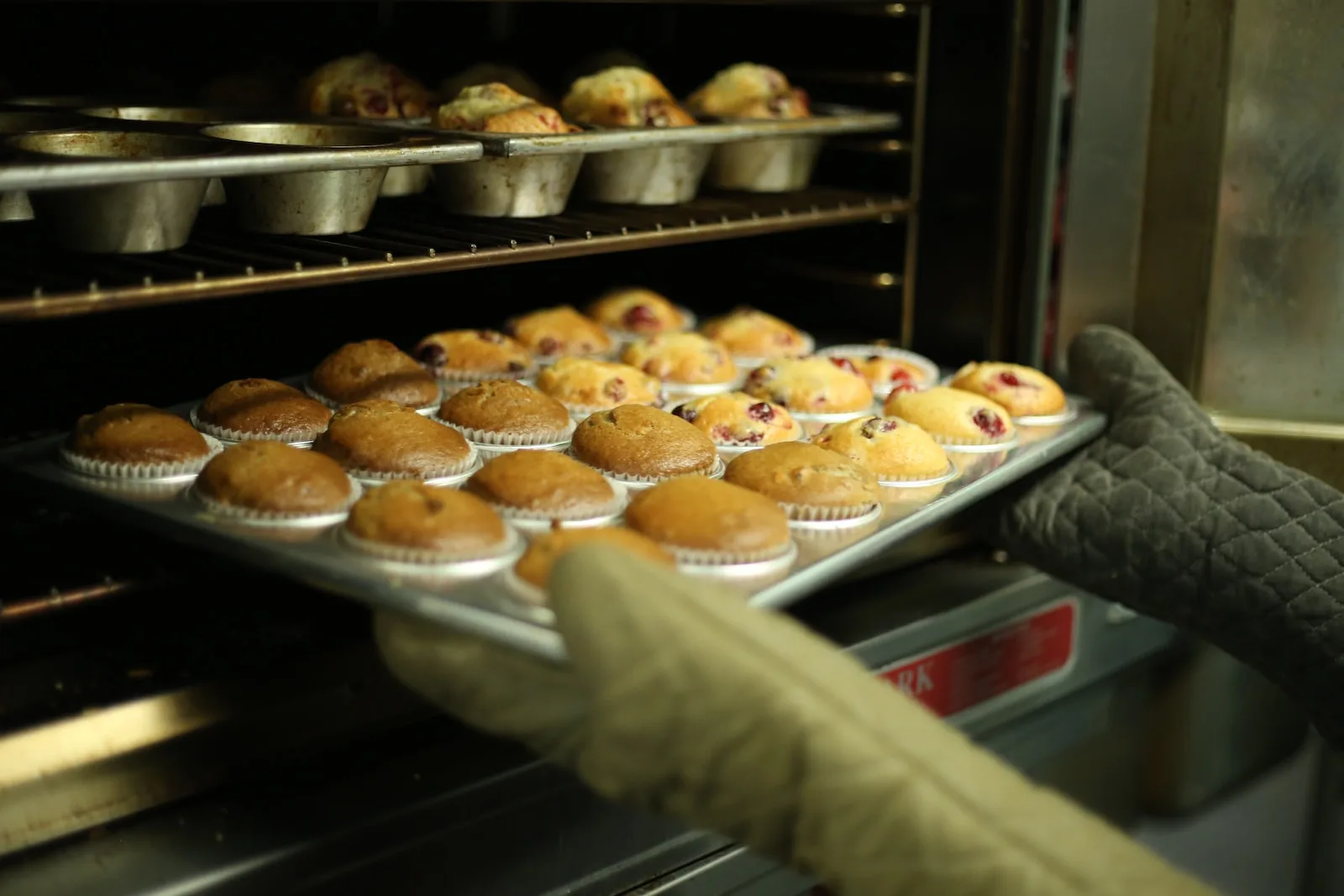Think Twice Before Putting These Foods in the Microwave
Table of Contents
About many years ago, The microwave was invented in 1945 American kitchens were gifted the microwave and they instantly became dependent on it for lightning-fast heating. The younger generation cannot even imagine making oatmeal, hot chocolate or popcorn without it. And yet many of us are using the microwave incorrectly for reheating foods. Sure, we know to never zap aluminum foil, metal or plastic, but there are equally dangerous risks involved in shredding certain foods.
For starters, microwaves don’t cook food evenly, which often means that any bacteria present in reheated foods will survive. Then there is the problem of microwave explosions directly contributing to the production of carcinogenic toxins. To reduce the dangers of a microwave, don’t use it to cook or heat these 10 foods.
Hard-boiled eggs

When a hard-boiled egg is cooked in the microwave, with or without the shell, the moisture inside creates extreme steam like a miniature pressure cooker, to the extent that the egg can explode! What’s even scarier is that the egg won’t explode inside the microwave while it’s heating, but afterward – which means the scalding hot egg could explode in your hand, on your plate, or even in your mouth. To avoid turning your egg into a steam bomb, cut it into smaller pieces before reheating. Even better, avoid microwaving it altogether.
Breast milk

Many new moms freeze their breast milk for later use, which is great, as long as it can be reheated in the microwave. Just as microwaves heat plates of food unevenly, they can also heat a bottle of breast milk unevenly, creating “hot spots” that can seriously injure a baby’s mouth and throat. Can burn with. Then reheating the plastic also poses a risk of carcinogen. The FDA recommends that breast milk and formula be thawed and heated in a pot on the stove or using hot tap water. As an alternative solution, you can heat a cup of water in the microwave and then put the breast milk bag or bottle in it to thaw.
Processed meat

Processed meats often contain chemicals and preservatives that extend their shelf life. Unfortunately, microwaving those ingredients can make them even worse for your health. According to research in the Journal of Agricultural and Food Chemistry, when microwaving processed meat, we may be unknowingly exposed to chemical changes such as oxidized cholesterol in the process.
A study in the journal Food Control shows that reheating processed meat with microwave radiation contributes to the formation of cholesterol oxidation products (COPs), which have been linked to the development of coronary heart disease. Compared to other food-preparation methods for reheated foods, microwaving processed meats (including hot dogs) is more likely to add COP to your diet.
Rice

Rice, really? Well, according to the Food Standards Agency, microwaving rice can sometimes lead to food poisoning. The case of rice involves the common presence of a highly resistant bacteria called Bacillus cereus. Heat kills this bacteria, but it can produce spores that are toxic — and surprisingly heat-resistant, according to findings in the International Journal of Food Microbiology. Several studies confirm that once rice comes out of the microwave and is left at room temperature, any spores present in it can grow and cause food poisoning if you eat it. Can. (The humid environment of warm leftover rice makes it an ideal breeding ground.)
As stated on the US government website Food Safety: “B. Cereus is a type of bacteria that produces toxins. These toxins can cause two types of illness: one type of illness that causes diarrhea, and another, called emetic toxins, that causes nausea and vomiting. Source: A variety of foods, especially rice. To avoid contaminated rice, heat it until almost boiling and then keep it warm (above 140 degrees) to keep it food safe.
Chicken
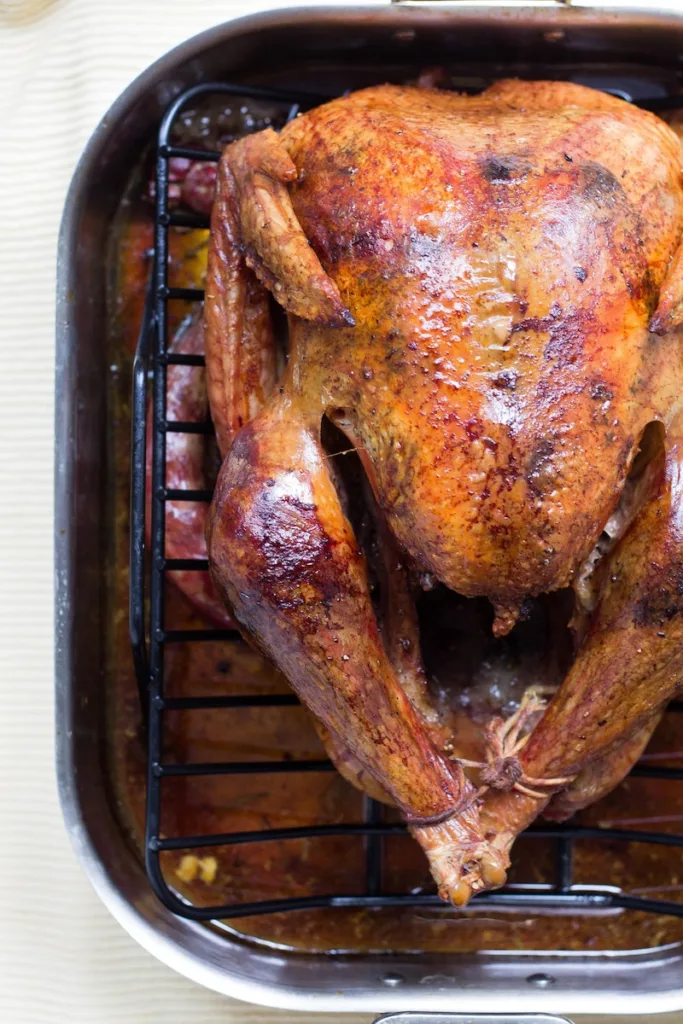
The most important thing to understand about microwaves is that their heat does not always kill bacteria, because microwaves heat from the outside rather than from the inside. Thus, some bacteria-prone reheated foods will have a higher risk of causing illness if these bacterial cells survive. With this in mind, you can see why chicken, which has the risk of salmonella contamination, might be a dangerous food to microwave.
Before eating chicken, you have to cook it thoroughly so that all the bacteria present in it are destroyed. Since microwaves don’t cook all parts of the meat completely or evenly, you’re more likely to have live bacteria left over, such as salmonella. In one study, of 30 participants who reheated raw meat, all 10 who used a microwave became ill, while the 20 who used a pan were fine. This shows how much bacteria can survive in meat when placed in a microwave compared to other cooking methods. Here are some ways you can shorten the life of your microwave.
Leafy greens

If you want to save your celery, kale or spinach to eat later, plan to reheat them in a conventional oven rather than the microwave. Studies show that when blasted in the microwave, naturally occurring nitrates (which are very good for you in their own right) can convert to nitrosamines, which can be carcinogenic. Make sure you don’t ignore these microwave problems.
Beets

The same chemical transformation that occurs in spinach also applies to reheating nitrate-rich beets and turnips! Good thing they’re just as delicious cold. On the other hand, here are some foods you never knew you could microwave.
Hot peppers
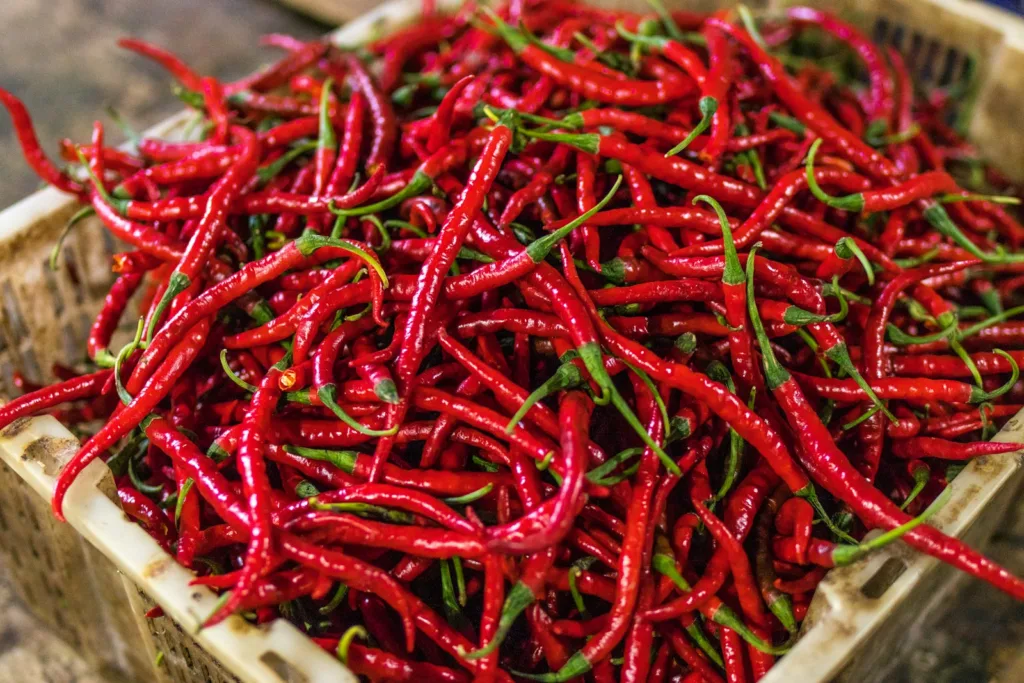
When hot peppers are reheated in the microwave, capsaicin—the chemical that gives them their spicy flavor—is released into the air. Chemicals in the air can burn your eyes and throat. In fact, an apartment building in Rochester, New York was evacuated due to pepper in the microwave causing residents to cough and have trouble breathing. If your microwave is looking dirty, don’t worry – here’s a guide on how to clean a microwave.
Fruit
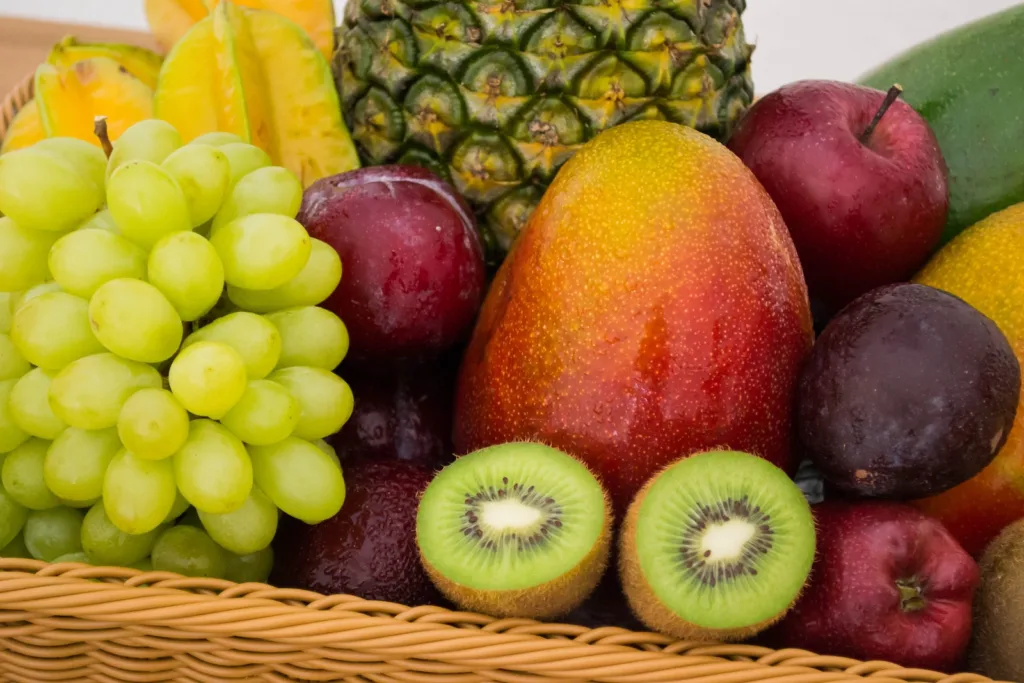
Grapes placed in the microwave will not form raisins, but they will form plasma, which is a form of matter that forms when gas is ionized and electricity is passed through it. In a video, Stephen Bossi, Ph.D., a lecturer in physics at the University of New England, shows that heating two pieces of a plain old grape in a microwave can create enough plasma to melt a hole through a plastic container. . Other fruits may not produce plasma, but you may still have trouble. The whole fruit traps steam beneath the pulp, which means it can explode when heated. Here’s how to properly store produce in the fridge.
Potatoes
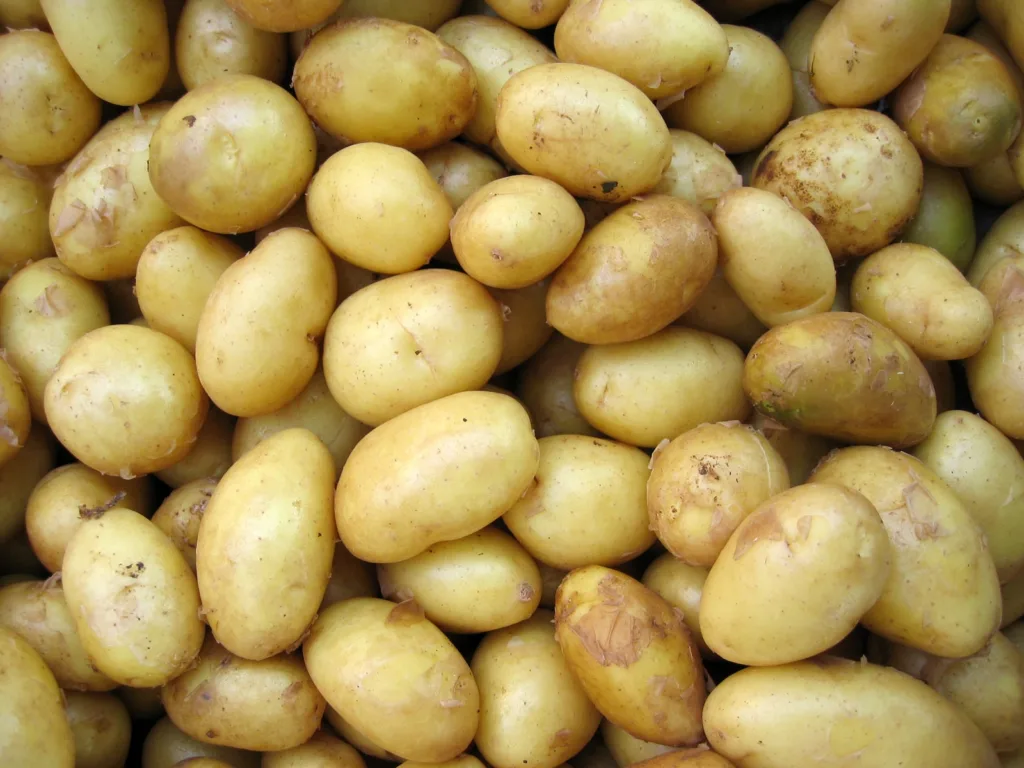
Thankfully, you’re still safe to use raw spit for quick and easy side dishes. The danger occurs when you try to reheat cooked potatoes. Cooking potatoes in aluminum foil prevents the bacteria C. botulinum from surviving the heat, meaning if the potatoes sit at room temperature for too long it can still grow and potentially cause botulism. Even microwaving that contaminated baby potato won’t kill the bacteria, so play it safe by cooking them on a baking sheet instead of wrapping them in foil and putting leftover potatoes in the fridge as soon as possible.
You must also tell us your opinion about this article in the comment box. Also, if you liked this article, then share it and stay connected with your own website gobloging to read other similar articles.
img credit :- Unsplash
🔵🟣🟡⚫

